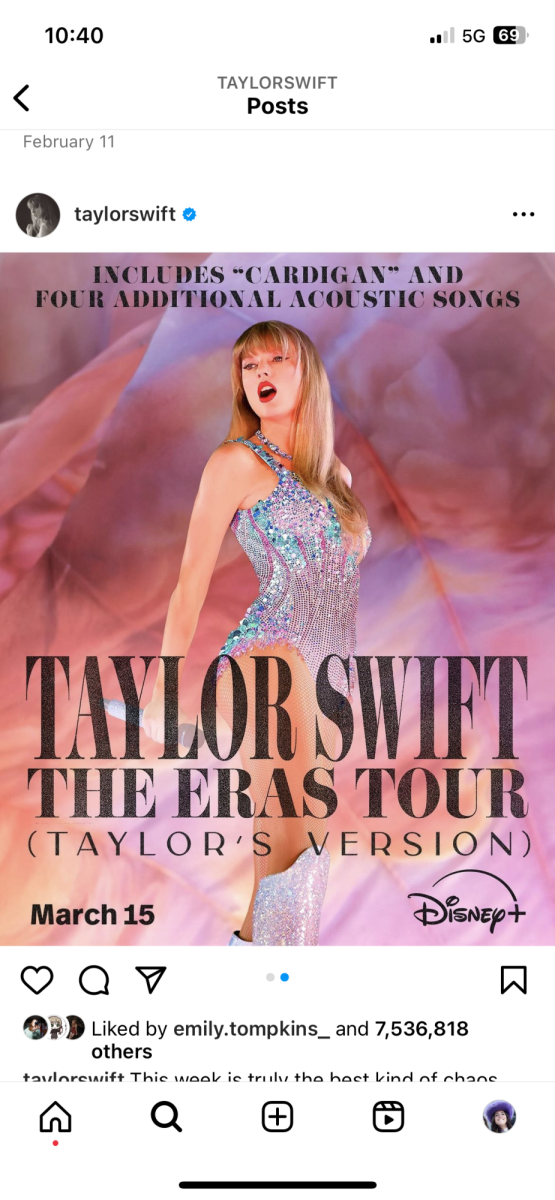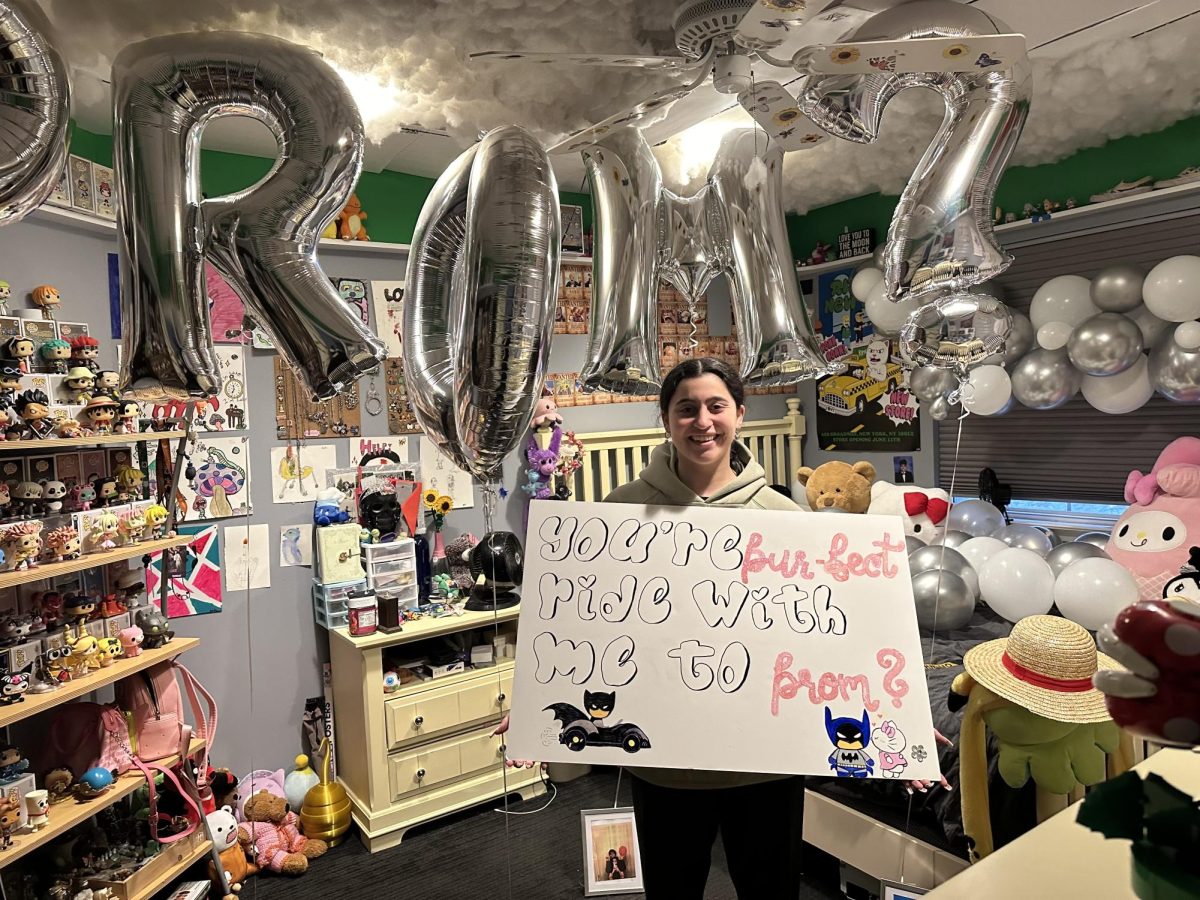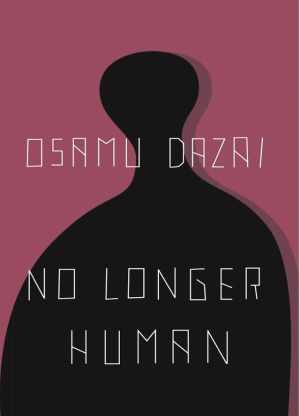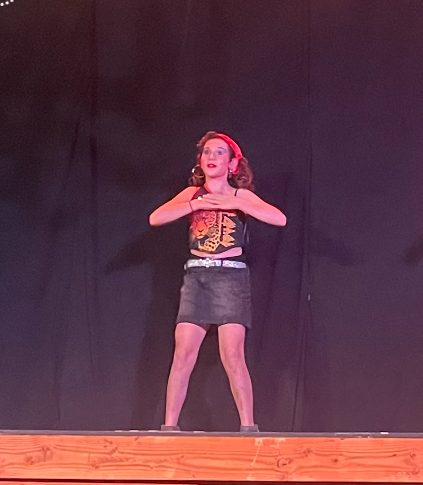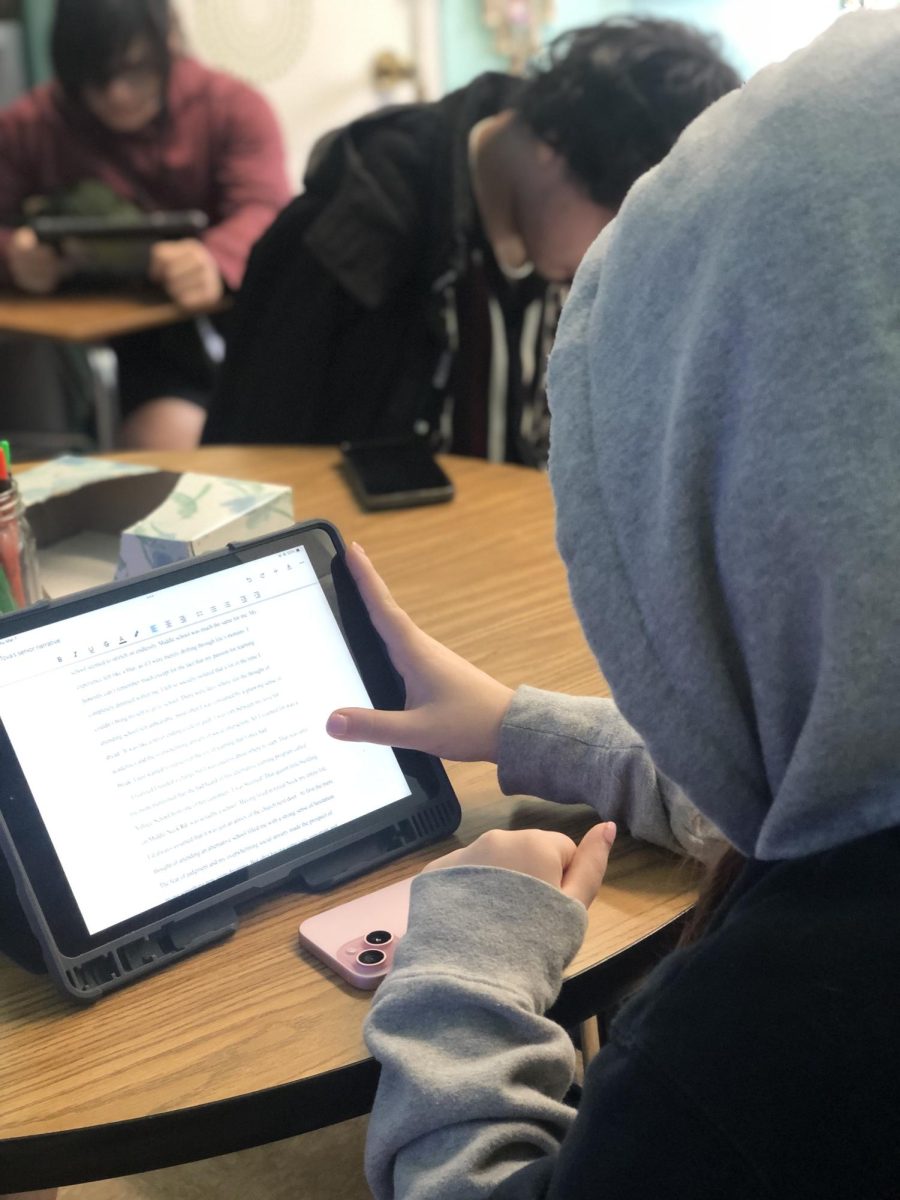Introduction
In a recent survey, twelve Village School students were asked how much time they spend on TikTok per week. The average TikTok screen time of these twelve students is almost 13 hours per week, with the top two students reporting thirty-five hours of weekly TikTok screen time, and the bottom student not having TikTok downloaded. The following statistics average out to almost 2 hours of daily TikTok use amongst these students.
In an interview with Alex Geller, a Village School freshman reporting thirty-five hours spent on TikTok per week, Geller states he “is not ashamed” of his screen time. He explains that to him,
TikTok is like a drug, but it doesn’t kill you.
— Alex Geller
Emma Martin, a Village School junior and “quintessential student,” says that unlike Geller, she “considers herself to have a social life.” She fills her spare time by working at her local ice skating rink, attending dance practice, going to church, and spending time with her friends and family. As a result of her “hustle and bustle” lifestyle, Martin’s TikTok screen time is ⅓ of Alex Geller’s. Martin explains she is “very concerned for Alex,” and as a result of Geller’s lack of humility, she has taken on the responsibility of feeling ashamed for his screen time. In response to Geller’s claim that his chronic onlineness is not reflected in his personality, Martin sternly disagrees. She explains that he “quotes TikTok videos on a regular basis,” and that his entire life revolves around his screen time.
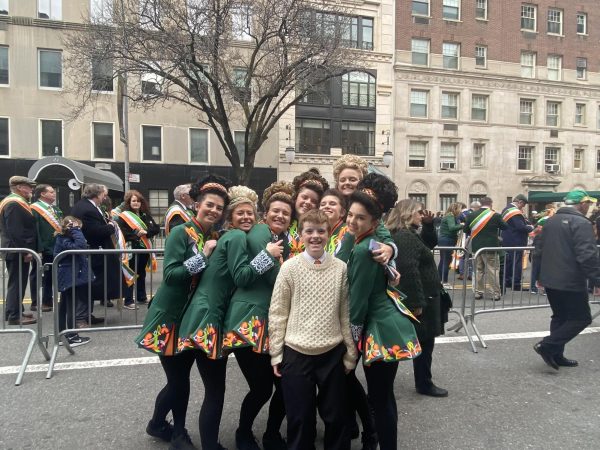
TikTok: A Basic Overview
TikTok is a popular social media app that allows users to create, watch, and share short videos online. The app’s current form was launched in 2018 by the Chinese technology company ByteDance, and has since become one of the most popular social media platforms worldwide. As of February 2024, it has been downloaded approximately 4.7 billion times. The number of monthly TikTok users in the United States has surpassed 150 million, equalling nearly half of America’s population.
With TikTok’s users spending a collective 4.43 billion minutes on the app each day, there’s no doubt that TikTok has become a major influence on the lives of millions. So what’s the major appeal of TikTok? And what media consumption habits, as well as psychological effects, have users developed as a result of TikTok’s influence?
Algorithm & Content Discovery
When users first enter the app, TikTok caters a series of videos ranging from different categories. As users interact with certain videos, TikTok uses machine learning to analyze the users’ individual preferences. When a user likes or shares a video, TikTok’s algorithm will provide them with similar content to that video, whereas if a user scrolls past a video with no interaction, the algorithm will not showcase similar videos. This machine learning ensures the videos being shown to a user are engaging and relevant, making the user more likely to be entertained, and encouraging them to watch more videos as a result.
As for being able to find videos that fulfill individual needs for entertainment, with 34 million videos being posted to TikTok each day, finding relevant content is rarely an issue. A wide variety of TikTok videos can cater to a massive range of people and categories, from dancing, to comedy, to news, politics, and other forms of education. There aren’t many topics that haven’t been covered.
Short-Form Content
A key contributor to TikTok’s success is its short-form content. Videos ranging from 15-60 seconds cater to users’ short attention spans, and encourages users to consume a large volume of content in a short amount of time. With TikTok’s algorithm showcasing content that is relevant to each individual user, users don’t have to search for anything in particular, or scroll endlessly just to find a video that interests them. The ease of switching between videos with just the swipe of a finger also allows users to consume large amounts of content quickly.
The same way TikTok’s short-form content increases viewership, it also increases the videos being posted. Compared to other social media platforms which are known for longer videos and more high-quality content, it only takes 15 seconds for a TikTok user to record a video, and can be done with minimal planning. This increases the appeal of TikTok and gives the platform more videos to showcase, thus increasing viewer attraction.
Reachability & Opportunity
On most social media platforms, the videos in users’ feeds are typically based on the people they’re already following, making it more difficult for creators with a lower following to be recognized by a broader audience. Unlike other platforms, users’ TikTok feeds are not solely showcasing the people they’re following, but rather videos in general they may find entertaining. As a result, users don’t need a large following to “go viral” on TikTok, or for their videos to be recognized. This increases the appeal of posting on TikTok, with a higher probability of users gaining likes and attraction on their account than on other platforms.
Many influencers and creators have become popular, and even famous, exclusively through TikTok. This fame has led them to being given more opportunities in related industries. Addison Rae, for example, who rose to fame through her TikTok videos, was given the leading role in “He’s All That,” a Netflix movie about a teenage influencer transforming an unpopular classmate into prom king. Other TikTok influencers such as Dixie D’Amelio and Bella Poarch have been able to release and showcase their music as a result of their TikTok fame.
Monetization & Compensation
It is possible for users to gain access to TikTok’s “Creator Fund,” a fund established by the app to compensate creators for their content. To qualify for becoming a member of the Creator Fund, users must have 10,000 followers on their account, as well at least 100,000 views on their videos per month. By posting content that is relevant and engaging to a user’s intended audience on a consistent basis, TikTok’s algorithm makes it easier for that user to achieve these requirements compared to other social media platforms. The possibility of monetization and earning money through posting videos makes users more compelled to reach fame, and is another incentive for using and posting on the platform.
TikTok as a Societal Standard
A major cause of TikTok’s appeal is due to its own popularity. As of 2024, approximately 2 billion users have created accounts on TikTok. That’s almost 25% of the world’s population. With that being said, users who once didn’t have the app have most likely heard other people talking about the app. Specifically in the United States, with nearly half of the population having TikTok downloaded, it may even be considered a societal standard to have access to the platform. Exclusively through word of mouth, people who feel excluded on TikTok’s trends and influence will be more inclined to download the app to acclimate with the rest of society.
Worldwide Connection & Communication
Communication wise, a factor behind TikTok’s success and appeal is due to the worldwide connection it fosters between users. Through engagement that may be unavailable in person, TikTok users have the opportunity to form connections with other users around the world, whether it be for making friends, forming business relationships, or seeing how other users’ lives vary from theirs based on the media they showcase. This can give users opportunities they may not have been able to reach or experience outside of their screen. Businesses can gain popularity based on their online interaction with customers. A high school student seeking advice can reach an audience of graduates who can comment firsthand about their experiences. An advocate of a charity or organization can promote their cause in hopes of receiving support and donations from viewers.
The ability to communicate and connect with others on social media was especially taken advantage of during the COVID-19 pandemic. With people being confined to their homes, not being able to see their friends and family, many relied on social media to receive a much desired social connection with others. Users were able to reach out to each other to share support, stories, and words of encouragement during a difficult period that had never before been experienced. TikTok also became a greater source of enjoyment during this period, as normally scheduled activities were not in session, and with a desire of being stimulated, many people began to seek new forms of entertainment. TikTok was used to embrace creativity, fill time, maintain social relationships, and keep tabs on friends and family when people were unable to do so in person. As a result of this, people who were not previously drawn to social media began relying on TikTok for entertainment, and still do rely on it to this day.
A Perfect World
In terms of presentation, of the major appeals of not exclusively TikTok, but rather social media in general, is because users have the opportunity to choose what they want to showcase. While people’s lives typically include a multitude of factors, such as the circumstances they’ve experienced, the environment surrounding them, and both their positive and negative attributes, social media users are able to pick and choose what they showcase on their profiles. Unlike in real life, users are given the opportunity to mask their negative attributes and experiences, and solely post their best moments. This “perfect world” that is often showcased on social media can get users from reality, making them compelled to continue scrolling and watching others’ experiences.
Conclusion
TikTok’s success of creating a new and engaging platform has been so outstanding that other social media platforms have since incorporated similar formats. Instagram launched “Reels” in August 2020, followed by Snapchat’s launch of “Spotlight” in November 2020, and YouTube’s launch of “Shorts” in March 2021. The following platforms use similar concepts of short-form content, algorithms based on machine learning, and effects and filters to that of TikTok. All three platforms have positioned the like, comment, and share buttons in the same placement as TikTok.
There are many effects that TikTok has had on its users. It has affected the way users consume media, communicate with others, and has changed the way many people see the world. The platform has allowed users to form meaningful relationships, seek out entertainment, showcase their creativity and talent, and gain insight on global events. Simultaneously, it has affected users’ self esteem, has impacted trend culture, and has increased the amount of impulse purchases made based on the influence of others. The positive and negative effects of TikTok are debatable amongst professionals and platform users.
When Alex Geller was asked if any controversies or scenarios would change his desire to use TikTok, Geller responded “Absolutely not. I am too addicted to TikTok to give up my ways, and honestly, half of the big industries in the world are already controversial anyways. The owners of Chick-fil-A hate the LGBTQ+ community, but I should still be able to go and enjoy my chicken sandwich. — Alex Geller

